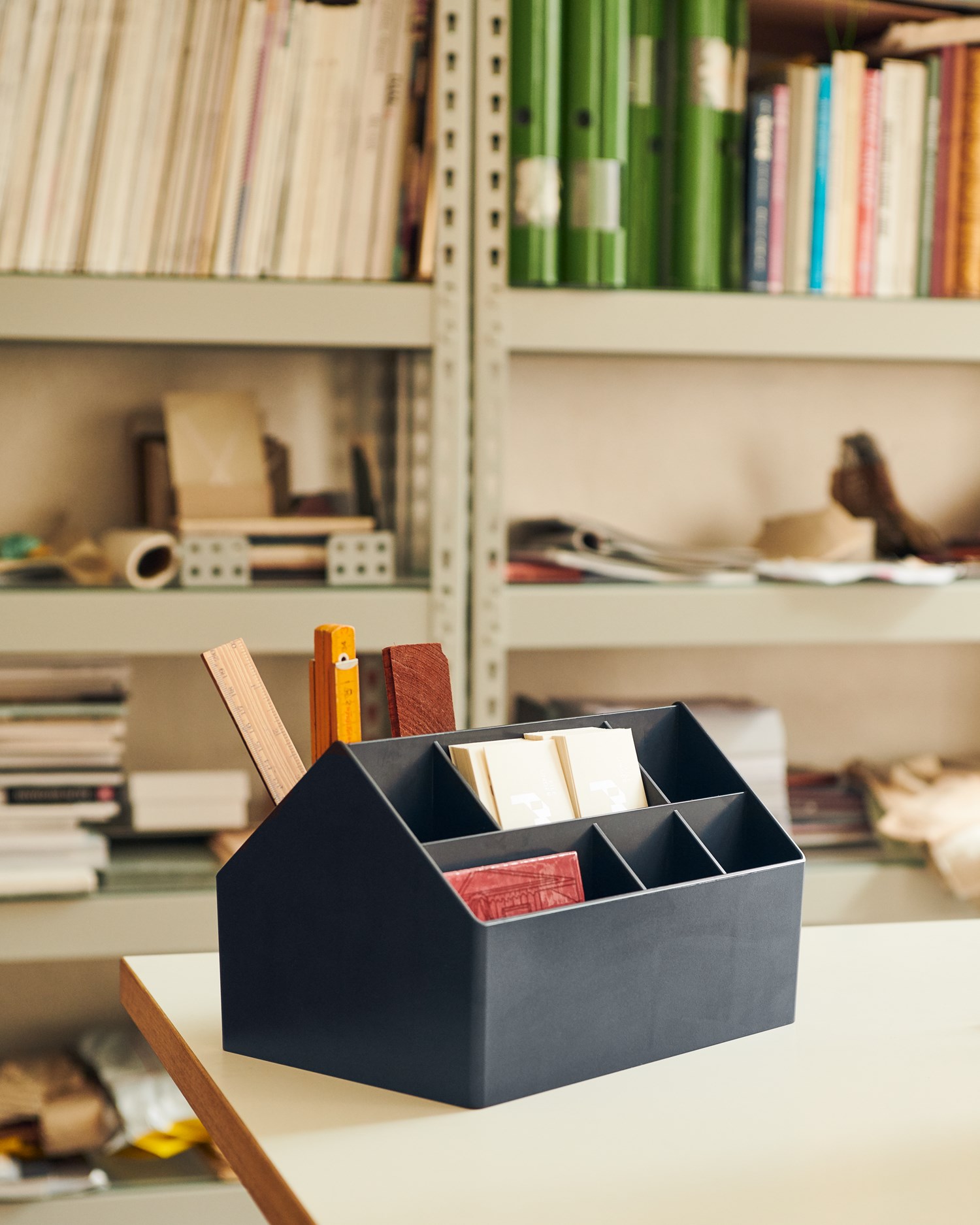This article is a part of our ongoing exploration of intentional spaces and neuroaesthetics.
Intuitively, we all know the feeling of entering a room and immediately feeling at ease, or stimulated. That interacting with elements of design—be it sensations of light, color or texture—can trigger emotions and spark a dynamic interplay of neurotransmitters in our brains. This process can shape our feelings, thinking and behavior. There is more to design than meets the eye.
Neuroaesthetics is about mind-body connection: a scientific discipline that explores and measures how creative expression makes an impact on us. We continue to explore, experiment with and consciously incorporate these into our interiors, creating spaces that feel just right.





